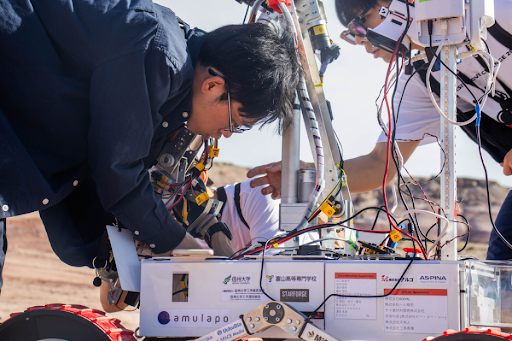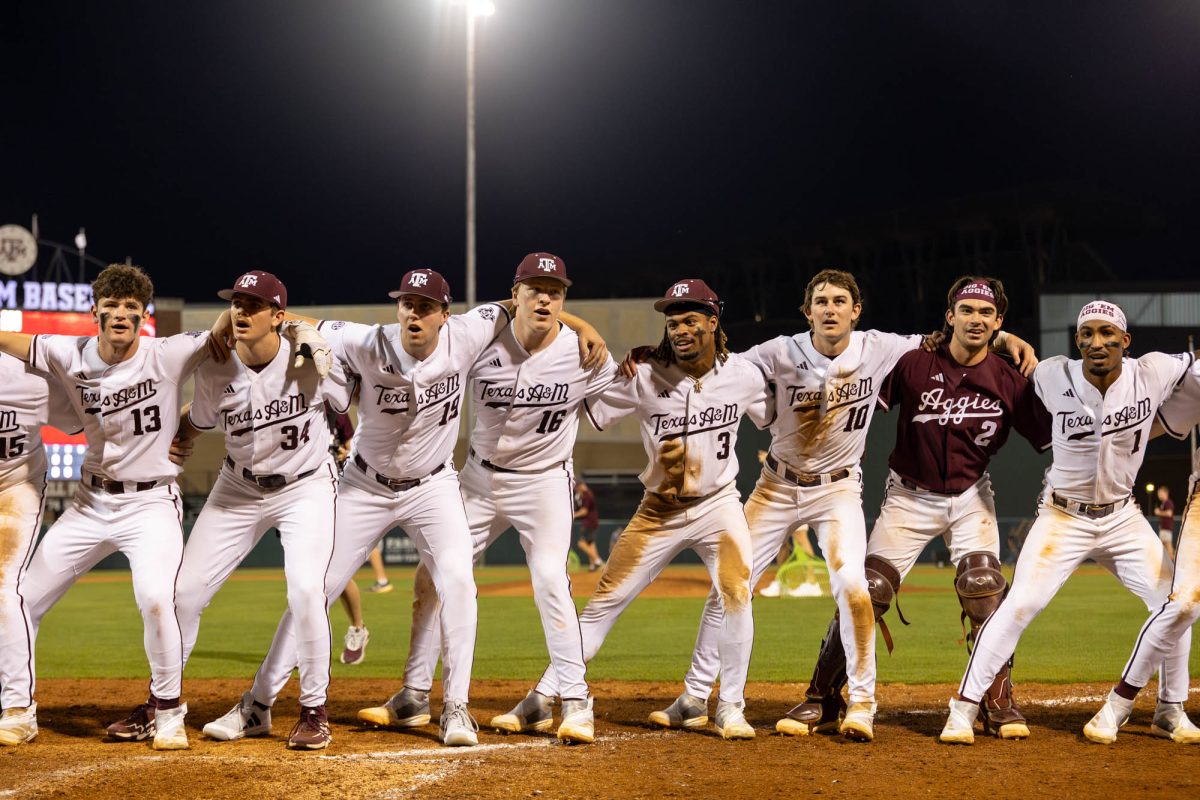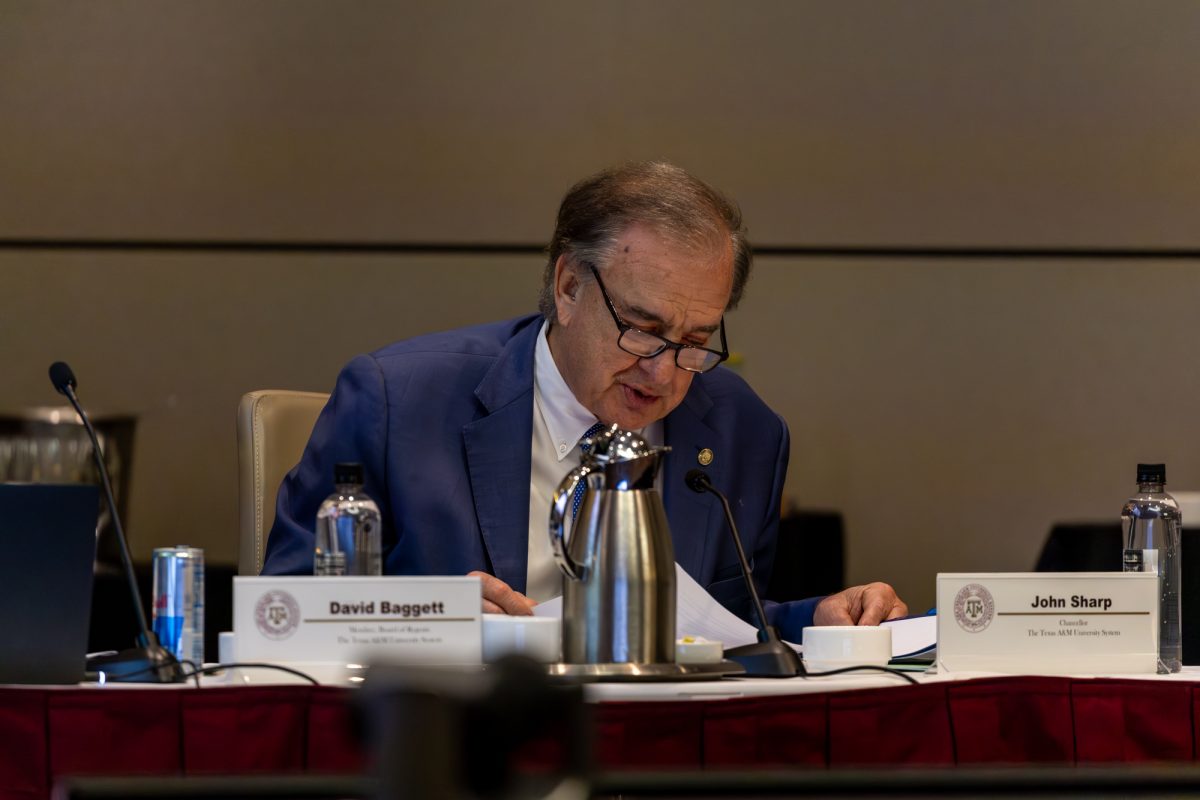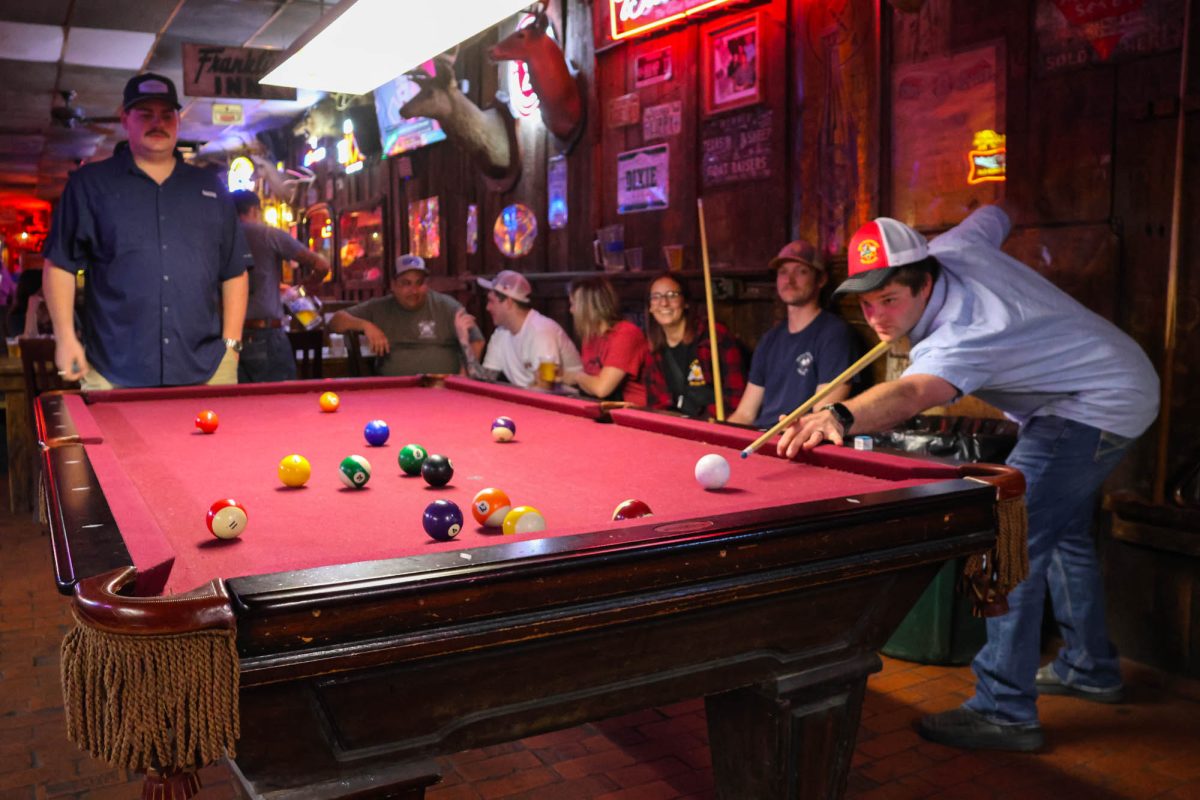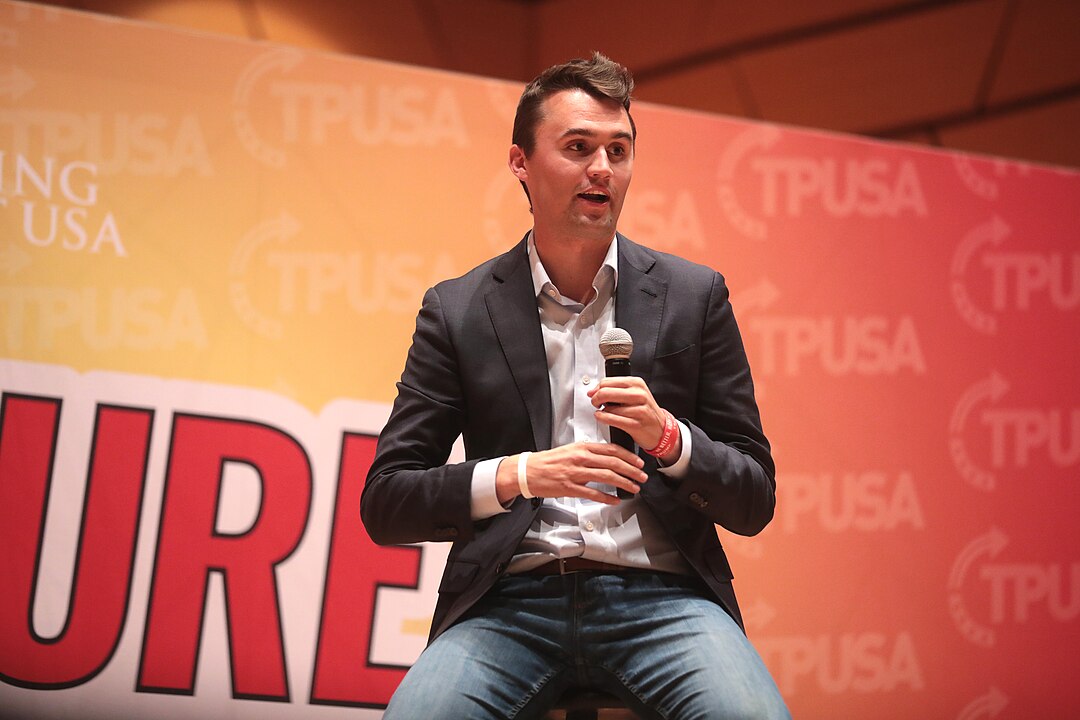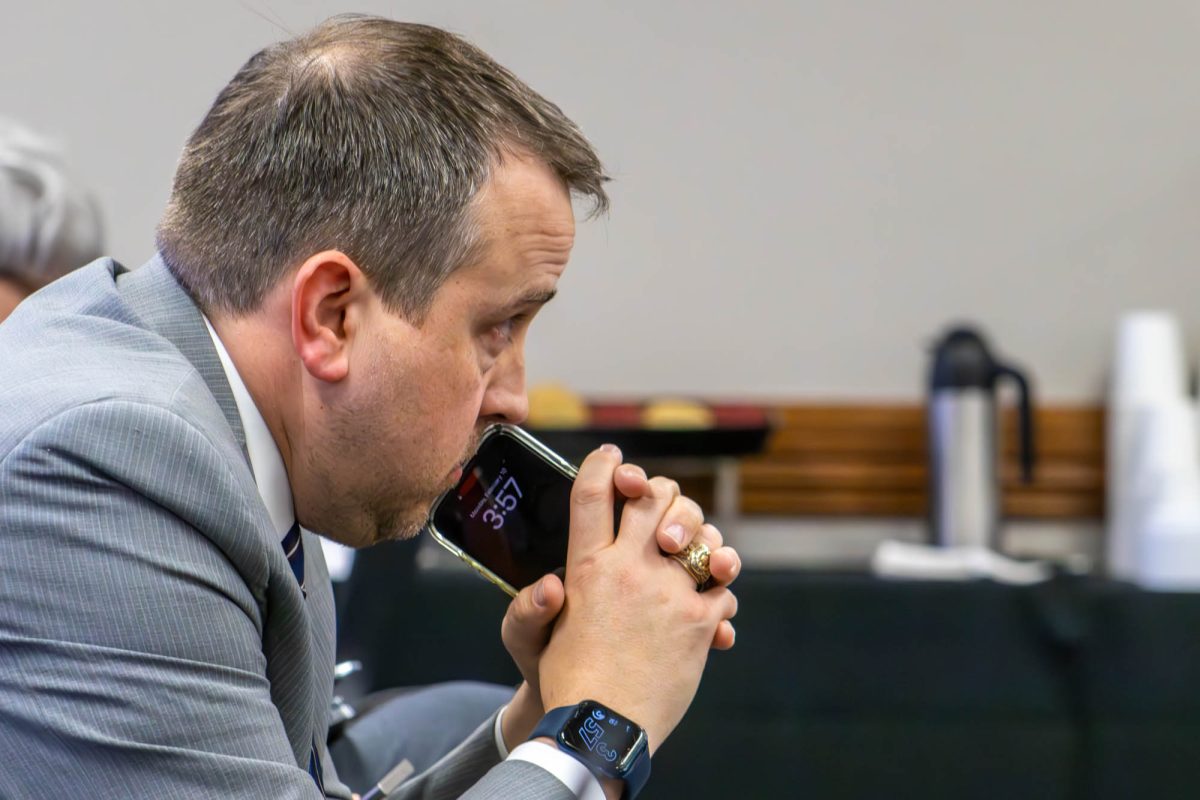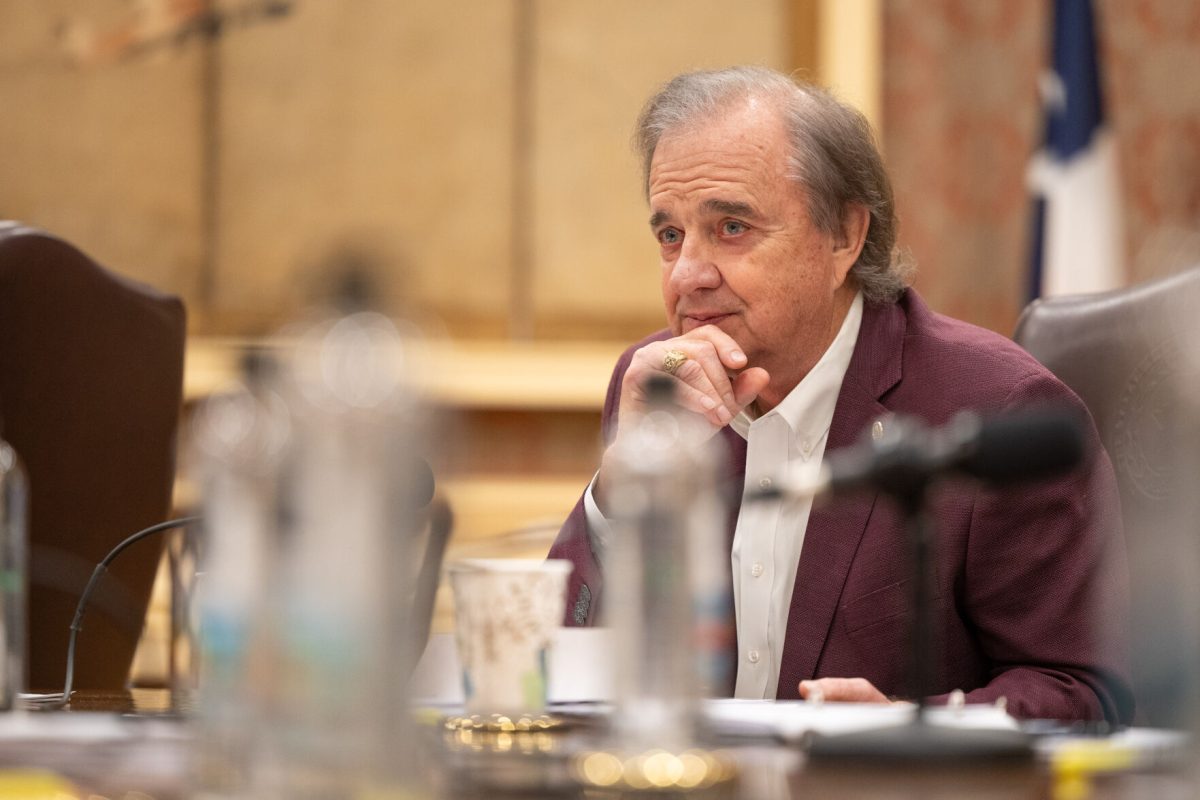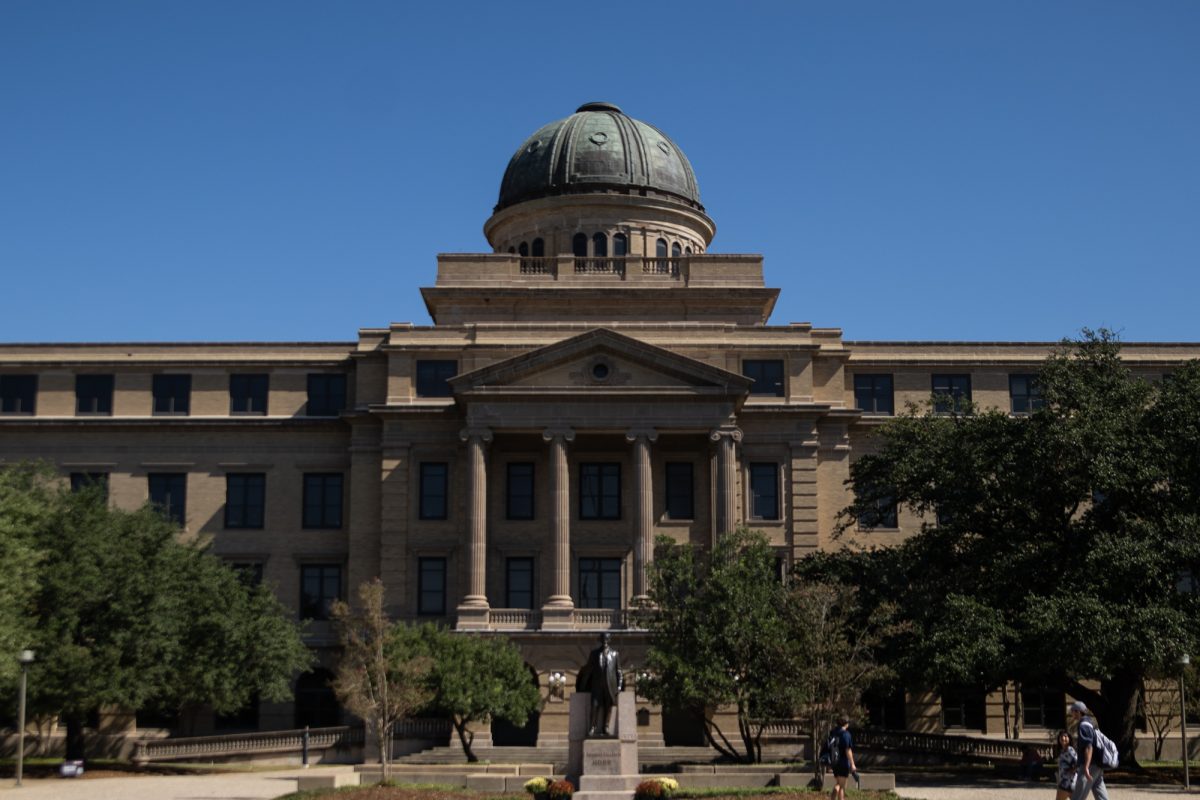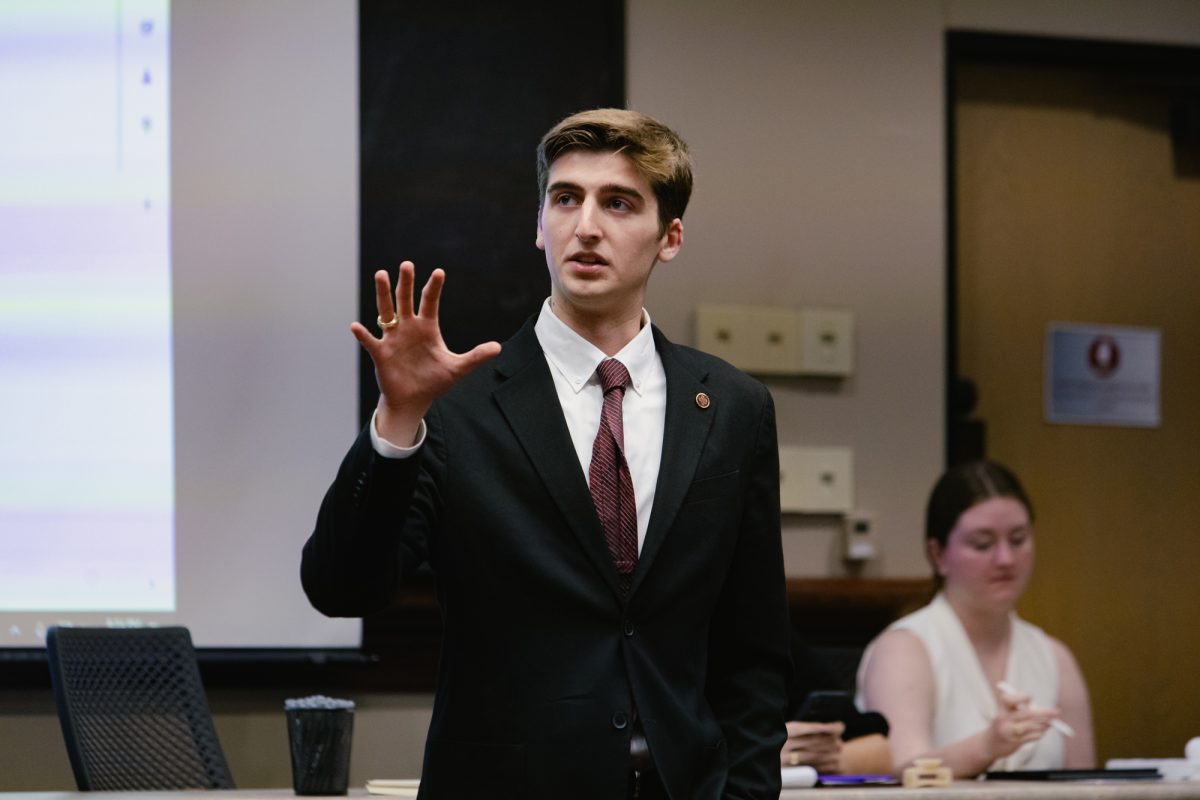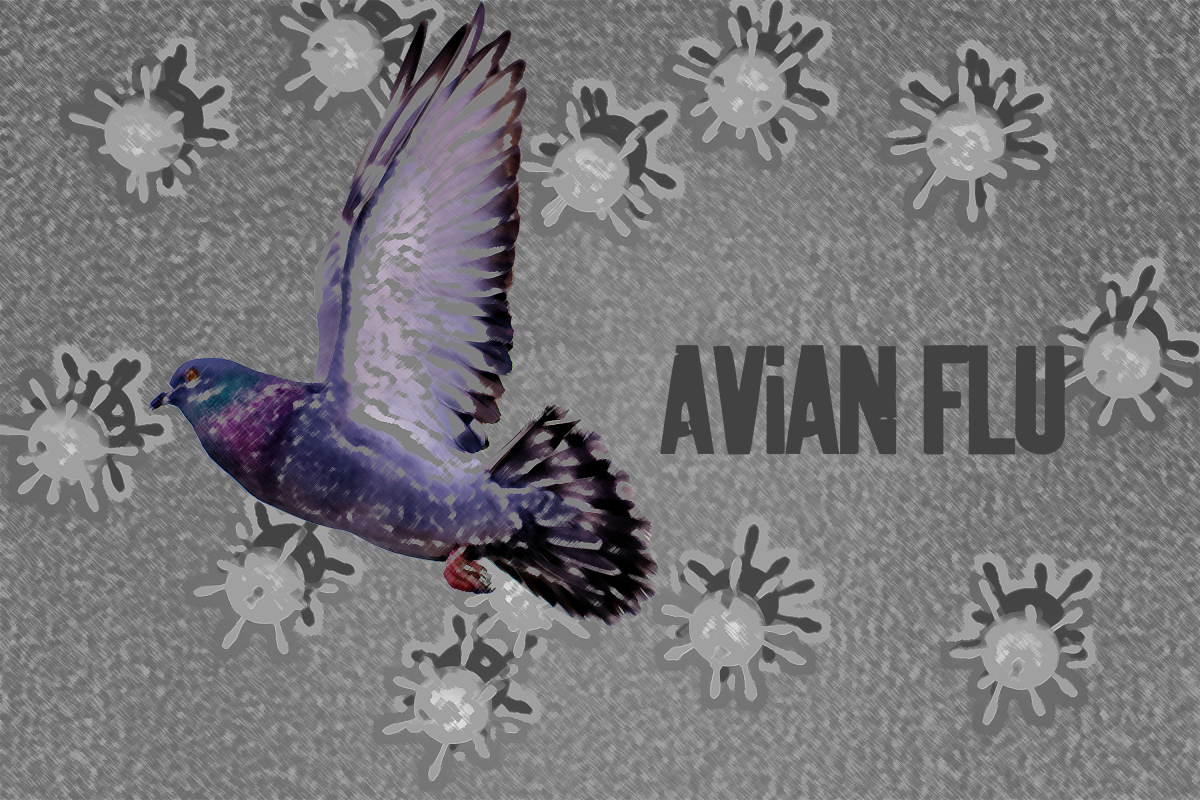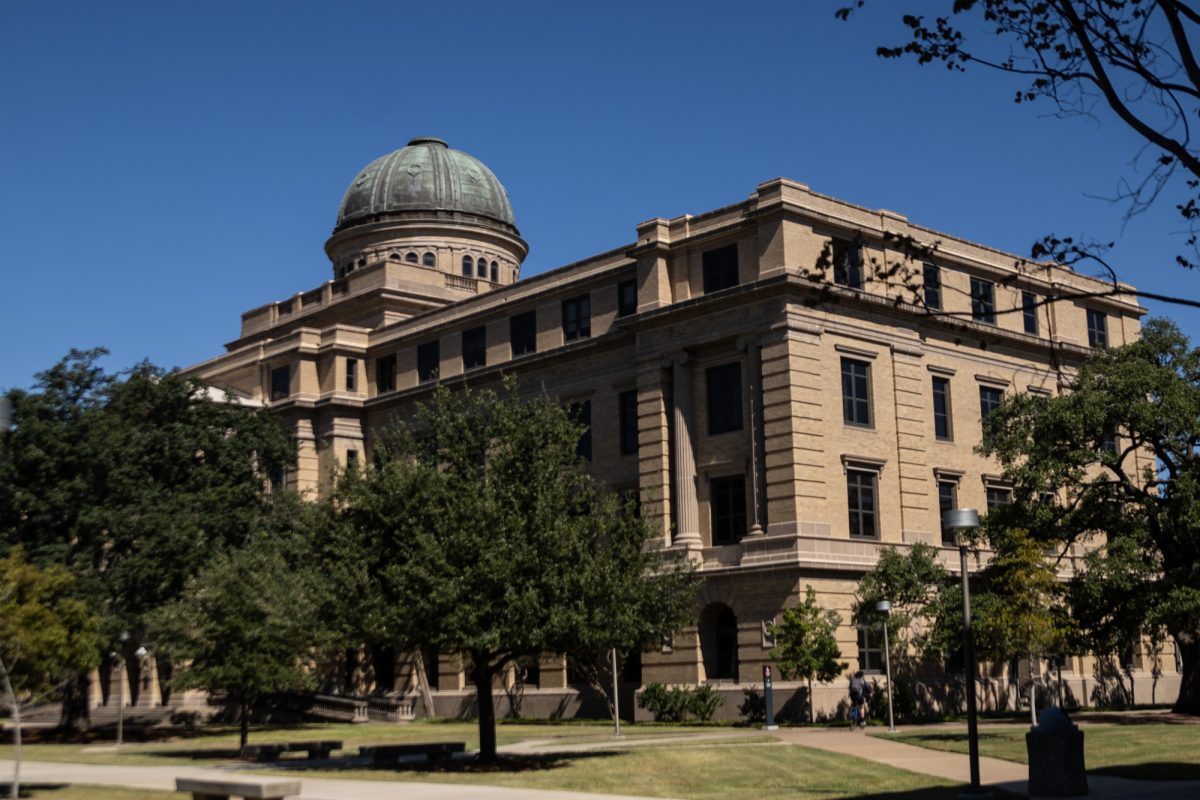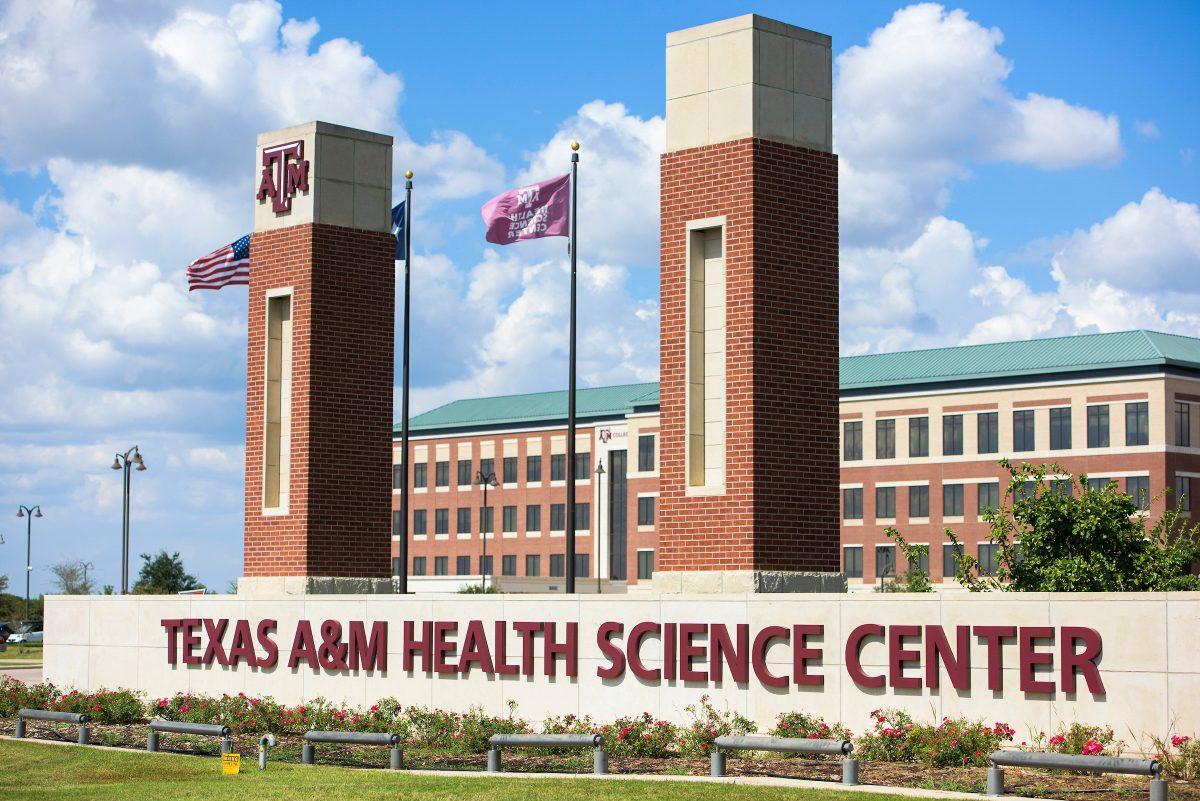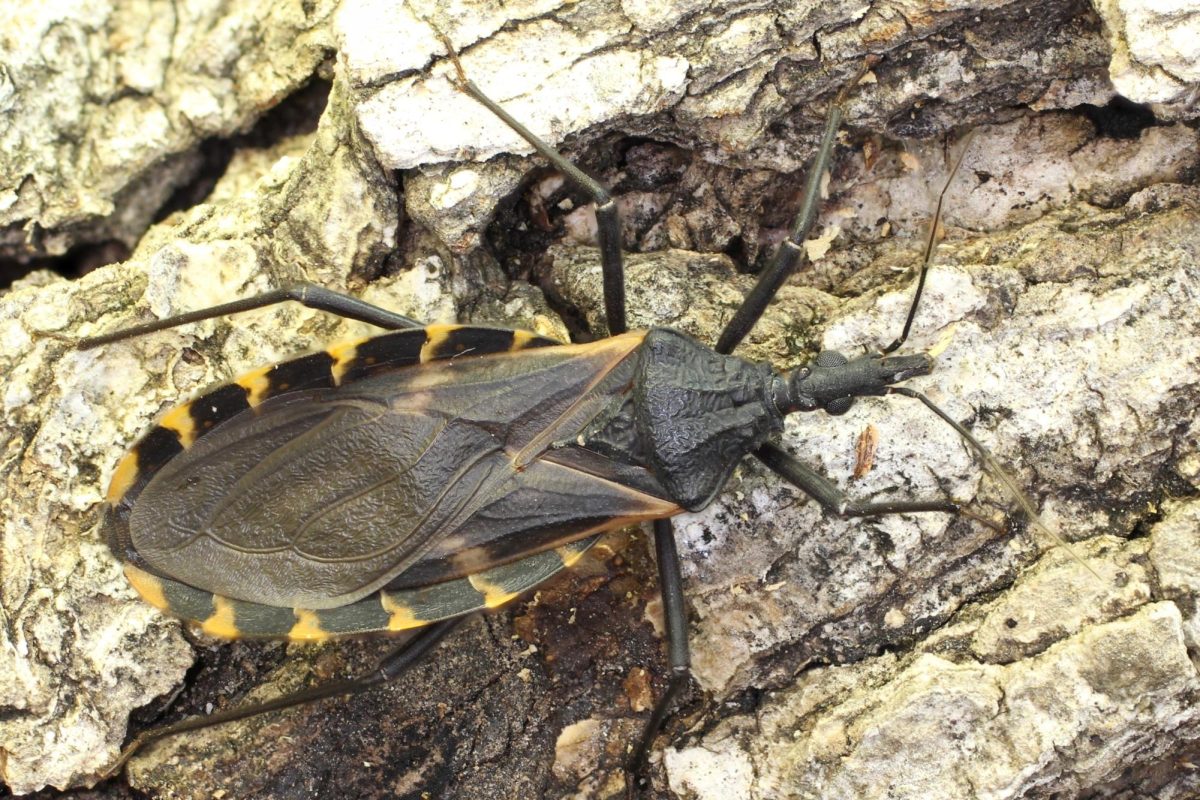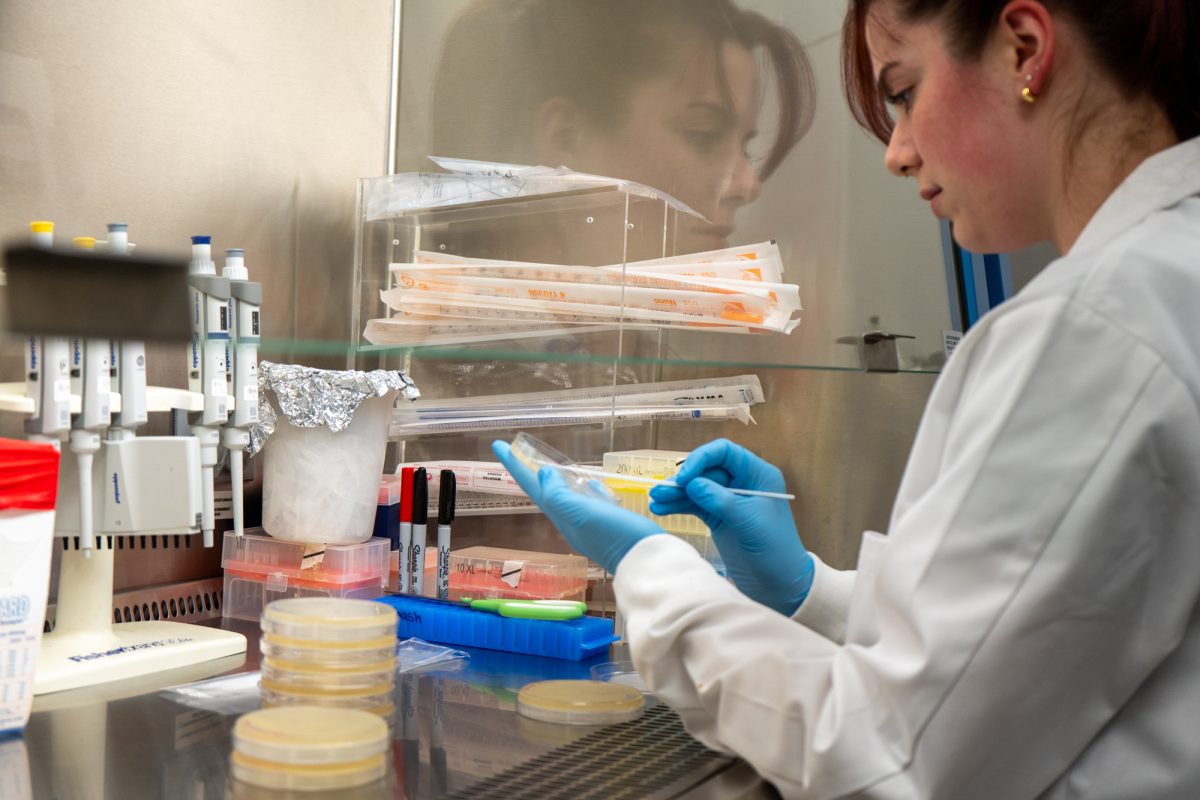Surrounded by hundreds of onlookers, Hirokuni Kakiuchi stood with his neck craned toward the ceiling at the 2011 Tokyo Aerospace Industry Exhibition. Staring up at the giant structure in front of him, his eyes filled with wonder at the return capsule from NASA’s 1966 Gemini project to Mars.
“Looking at it, I was inspired to become an aerospace engineer,” Kakiuchi said. “Even though it’s small compared to the entire rocket, the capsule holds everything needed for humans to survive in space. It’s the only piece that returns to Earth.”
In that moment, he knew he had found his calling.
“Space exploration itself is the frontier for humanity, and I want to be a part of it,” Kakiuchi said.
The KARURA Project is an organization that unites students from Texas A&M and universities across Japan to advance international space exploration and compete in the University Rover Challenge, or URC, each year.
Founded in spring 2023 by Kakiuchi and Haruto Seto from Japan’s Shinshu University, KARURA began “with the intention of students getting hands-on robotics research that contributes towards a goal,” Kakiuchi said.
The URC is an annual robotics competition for college students held in southern Utah’s desert and funded by The Mars Society, a non-profit organization that works to educate the public, the media, and the government on the benefits of exploring Mars. Competing teams from around the world design and build the next generation of Mars rovers that will one day work alongside Mars Society astronauts.
Last year, KARURA was the first international and Japanese team to make it to the finals. This year, they intend to win.
“Currently, there are doubts as to how much serious effort is being made in the field due to financial stress,” Seto said. “I hope KARURA will be a symbol of a new framework for space development that allows people to challenge those doubts and drive innovation.”
In the organization, there are three departments that correspond to a set of missions given by the URC: business, science and engineering. Each challenge is designed to mimic what a rover would need to do to assist astronauts on Mars.
The business department is responsible for handling the team’s public relations, social media engagement and marketing. Their goal is to obtain sponsorships to finance the rover.
“The thing I really love about being involved in KARURA is learning to foster global relationships,” U.S. business leader for KARURA and management information systems sophomore Anoushka Pai said. “This experience is not something I could get anywhere else. I get to learn a little bit about everything and put into practice what I’ve been learning in my classes.”
The science department is focused on utilizing various chemical reactions and tools to improve their build design. To complete the URC science mission, KARURA equips their rover with high-resolution cameras and electron microscopes to collect samples of the “Mars” soil through remote control.
“The goal is to try and detect some indication of life, so that could be microfossils, actual cells or just any kind of living matter,” biomedical engineering senior and KARURA science leader Casey Batten said. “The analysis happens live during the competition. This year we are focusing on improving the drilling and excavating system to collect the samples we need.”
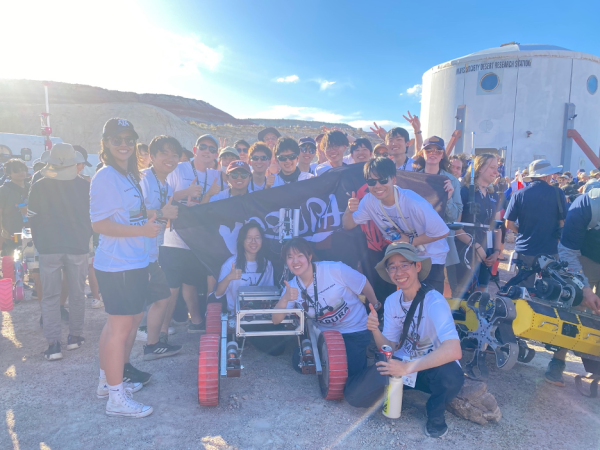
The engineering department is responsible for constructing the rover, including its software, mobility and arm. Working with the science department, the team designs a robotic arm to operate a probe that collects rocks and activates switches, buttons and communication tools via a large console.
“Last year, the arm had a lot of trouble picking heavy objects up and carrying them far distances,” aerospace engineering senior and U.S. engineering leader for KARURA Benjamin Davis said. “In Japan, we have been designing custom cycloidal gears for one of our joints, which should improve the strength and torque.”
One of the harder challenges of the competition includes the autonomous navigation mission, where the rover is required to guide itself, with no outside controls, to different markers in the desert. KARURA equipped their rover with high-precision GPS navigation and marker recognition to help it traverse the land, which can change from sand to gravel to large chunks of rocks.
“The biggest thing we are improving this year is the weight of the rover,” Davis said. “There are a lot of things from last year’s competition that we realized were completely pointless — like the material and size of the wheels — that we could take off to make our rover lighter and able to traverse terrain easily.”
Kakiuchi stresses the importance of global collaboration in the space field, as NASA is planning to retire the International Space Station by 2031, according to an article by NPR.
“If you’re trying to go beyond the moon to Mars, then just working on that project by yourself, or only with your own country, is limiting both technological and funding wise,” Kakiuchi said. “There should be a way to separate our differences and focus more on sincere scientific exploration.”
A&M has a long history with space exploration. It’s the only university in the nation to have four former astronauts on faculty and access to many technologically advanced facilities, like the TRIGA Reactor for simulating zero gravity via deep water.
Recently, the Texas Legislature awarded the university $200 million to build facilities next to NASA’s Johnson Space Center. These resources would support student research and technology development.
KARURA fills a gap within A&M’s space program by providing hands-on research opportunities that allow students to apply skills they learn in class to real-world problems. They are currently in the System Acceptance Review portion of the competition. The team is finishing up the 2025 rover and will be applying to the URC finals next week.
“My biggest goal in life is to make space research more open and free,” Kakiuchi said. “The way to do that is through collaboration, and my hope is that everyone who dreams of going to space can one day do so.”




